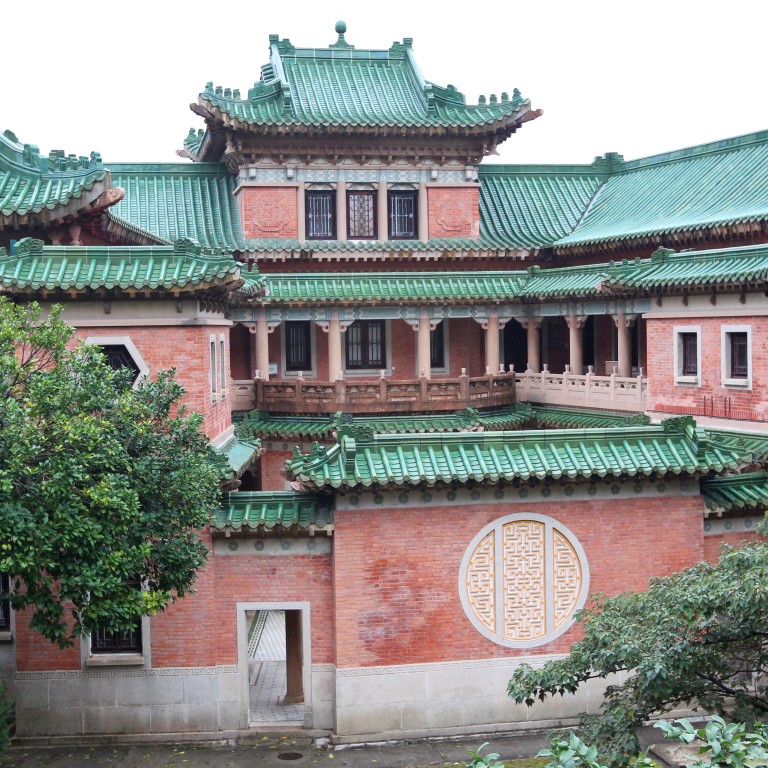
King Yin Lei mansion needs a feasible conservation plan
What is more lamentable than leaving a majestic heritage building unused for years; and worse, at the expense of taxpayers’ money? This is sadly the case with the 78-year-old mansion King Yin Lei. The Chinese renaissance architectural style complex has again failed to find suitable conversion proposals, despite having received numerous ones in two rounds of open tenders. It is to be kept by the government, although officials have no idea what to do with it.
The setback shows heritage conservation is easier said than done. Currently, social enterprises can receive public funds to help revitalise government-owned heritage buildings. While there is no shortage of innovative ideas, sustainability can be an issue. In the case of King Yin Lei, the vetting committee is of the view that none of the 11 proposals received in the recent tender has fulfilled the assessment criteria, including social value, financial viability and management capability.
It is a pity that the secluded complex on Stubbs Road could not be put to better use. The heritage building is said to be the first private one saved with public money. It was hastily declared a monument by the government in 2007, as the owner began to tear down some iconic features in a major redevelopment. It was later taken over by the government, after the owner had been compensated with another piece of land elsewhere. The controversy was widely seen as a wake-up call for better protection of heritage sites in private hands.
A strong conservation awareness is just the beginning. It does not help if it is not followed by a viable plan. The vetting committee is right in adhering to the assessment criteria. After all, public funds are involved. But the refusal also means the government is under greater pressure to come up with a better option in future. Saving private heritage buildings with taxpayers’ money would become meaningless if the buildings cannot be used and enjoy by the people. Officials have to put on the thinking cap for a feasible proposal for the mansion.

